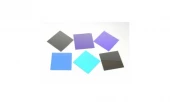Description
Shortpass filters are designed to transmit wavelengths lower than the cut off point and reflect all higher wavelengths. Knight Optical\'s Dichroic filters are comprised of a thin-film dielectric coating on glass, resulting in sharp transitions between the transmitted and reflected bands. With negligible absorption, this type of filter is ideal for high powers and lacks the strong fluorescence of certain glass filters.
Our dichroic shortpass filters are available in a range of wavelengths and are supplied in standard 12.5mm and 25mm diameter or 50mm square types. We are happy to cut and edge filters for non standard sizes to suit your application.
510FDS12 - Dichroic Shortpass Filters
Specifications
| Diameter: | 12.5 mm |
|---|---|
| Thickness: | 1.1 mm |
| Transmission Wavelength Range: | 370 – 563 nm |
| Cut-Off Wavelength: | 563 nm |
| Transmission: | 95 % |
| Blocking (Optical Density): | OD<1 |
Features
- Available size: Square 7mm-300mm, Diameter 10mm-400mm
- Cutting down or edged to special shapes and sizes at short notice
- Mounting of diameters and squares
- Available in sets, supplied in a wooden storage box for research and laboratory use.
Applications
Dichroic shortpass filters are used in several applications such as stage lighting and entertainment.
Frequently Asked Questions
What is the transmission rate of dichroic shortpass filters?
What is the wavelength range of dichroic shortpass filters?
What is the glass substrate used for dichroic shortpass filters?
What is the size range of the dichroic shortpass filters?
What are dichroic shortpass filters used for?
Similar Products

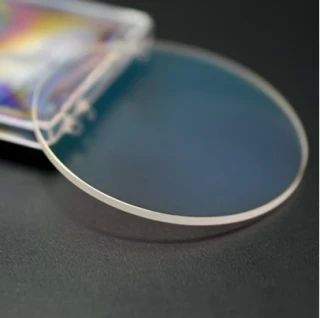
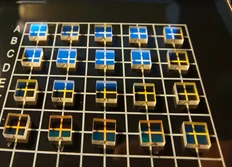
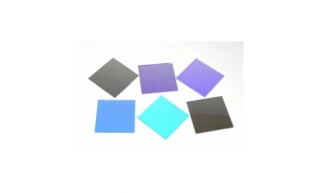
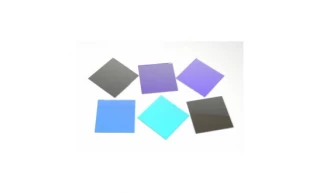
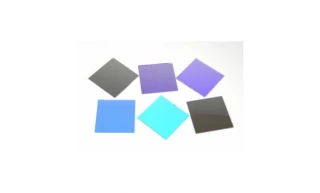
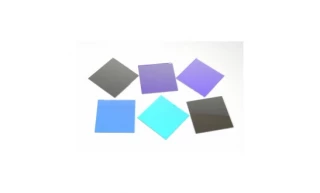
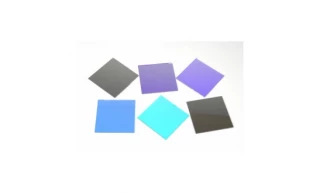
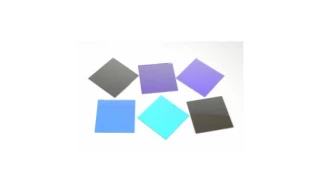
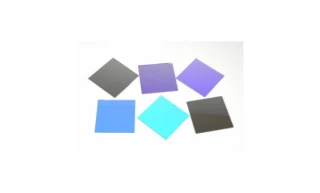
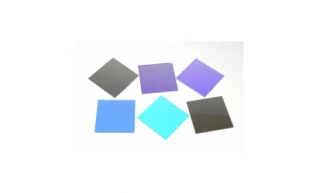
Your inquiry has been received.
Create an account by adding a password
Why create an account?
- Auto-complete inquiry forms
- View and manage all your past messages
- Save products to your favorites
- Close your account anytime — no hassle
